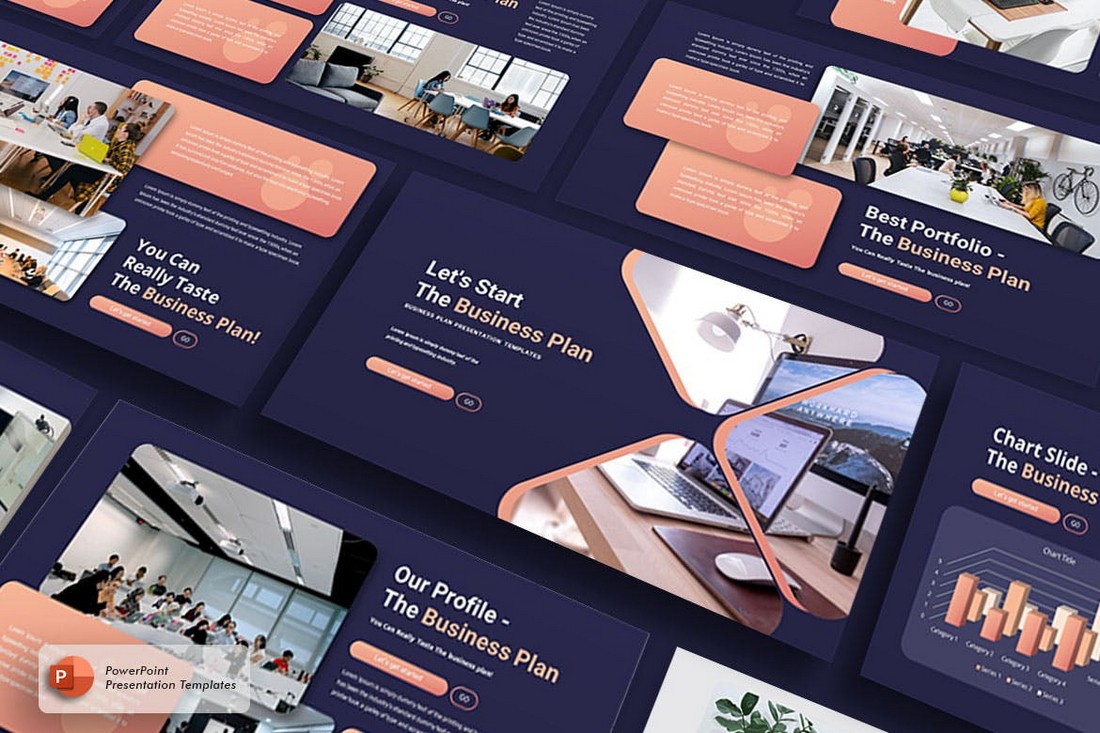

Since you find grid layouts in most grocery, big box, and convenience stores, they create a familiar feel among shoppers, and allow for easy navigation.

Plus, they offer plenty of endcap and feature wall exposure for promotional items and seasonal products. Grid layouts are easy for customers to navigate and store owners to categorize. Grid layouts are great if you have a lot of merchandise, as they maximize every inch of available floor space, including the corners.
#The best business plan layout series#
Grid floorplans offer a convenient and space-effective way to shop.Ī grid floor plan, also called a straight layout, is a floor plan that uses a grid-like arrangement to create a series of parallel aisles and displays. On the other hand, boutiques typically use more creative layouts that allow businesses to highlight different products.Ĭhoose a floor plan that works for your business, and helps you maximize your profits and create a positive customer experience. The type of layout you use depends on your space, the shopping experience you are trying to create, and the products you sell.įor example, grocery stores usually use grid layouts because they are predictable and efficient to navigate. Large or small, most retail stores use one of six basic types of retail store layouts: grid, loop, free-flow, diagonal, forced-path, and angular.
#The best business plan layout how to#
By creating a layout plan, retailers can strategically direct shoppers to high-priority products, drive impulse sales, manage customer flow, stay organized, and create a positive customer experience.Ĭontinue reading to learn how to create a sales-driving retail store layout in seven steps, or download our e-book to read later:ĭownload Free Store Layout Checklist 1. Having a deliberate retail store layout is important for maximizing revenue for brick-and-mortar stores.


 0 kommentar(er)
0 kommentar(er)
